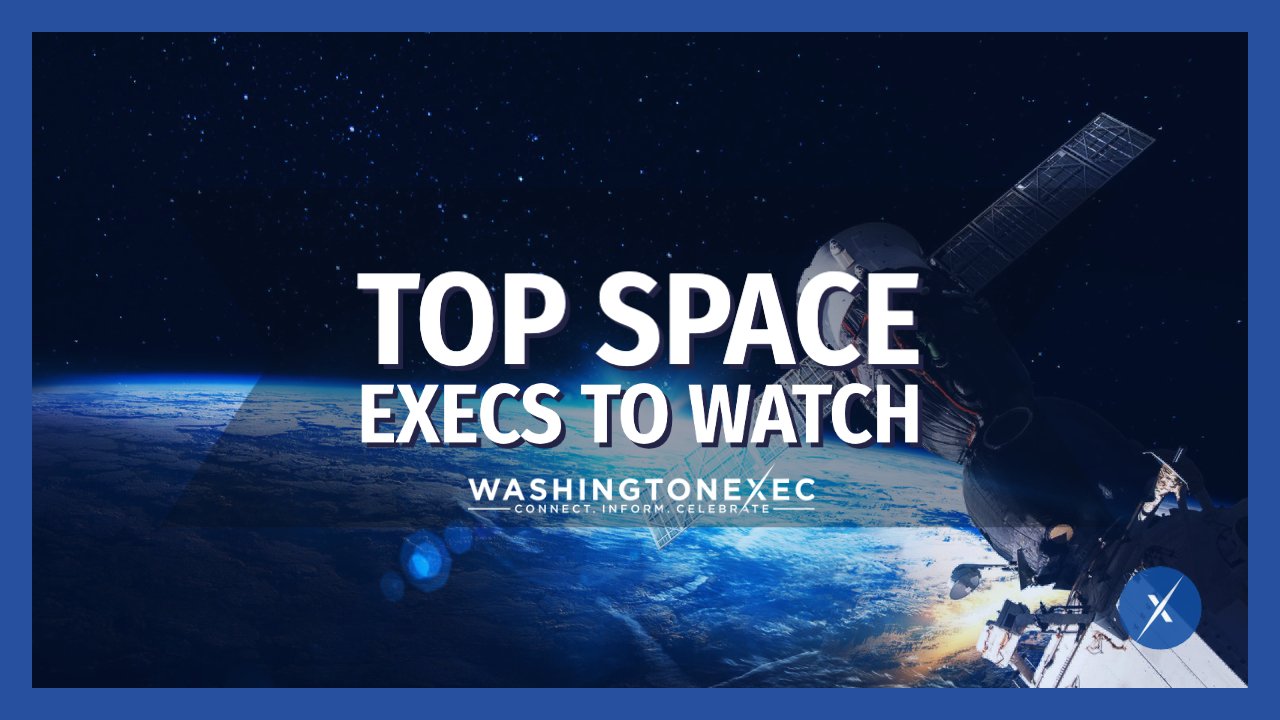Space exploration is soaring to new heights. In 2023, Congress allocated $25.4 billion to NASA, a 5.6% increase from the previous year. Additionally, lawmakers gave the green light to a $26.3 billion budget for the U.S. Space Force. Recognizing that exploring the vast unknown requires a joint effort, the nation frequently collaborates with both GovCon and private space companies. These partnerships supply the essential technology, know-how and teamwork necessary to maintain a leading position in global space exploration.
Those spearheading space-relation initiatives oversee a variety of tasks, from defense-based space support to advanced technologies, robotics, geospatial and business. For WashingtonExec’s Top Space Execs to Watch in 2023, we identified the directors, managers, leaders and C-suite leaders in industry and government helping advance the U.S. space mission.
John Moberly
Senior Vice President for Space, SpiderOak Mission Systems
The biggest threat to space architectures is non-kinetic cyber attacks, and for SpiderOak’s John Moberly who is leading the “birth to grave” vertical of providing secure and trusted data orchestration for space-enabled architectures, addressing this threat is about a strategy around the fully decentralized software capabilities of the company’s OrbitSecure platform.
SpiderOak is developing a transformative suite of capabilities not just for the Defense Department and intelligence community, but also for commercial space networks and hybrid space architectures combining commercial, national security, civil and allies together ubiquitously.
In less than a year of leading these efforts, Moberly has already made a significant impact. SpiderOak signed a contract with the Defense Innovation Unit for Hybrid Space Architecture in September and has been helping shape requirements for built-in data protection. This secure-by-design approach replaces outdated compliance and checklist methods, which don’t work for autonomous, machine-to-machine systems like space. The national security space community’s interest has increased, as shown by the focus on secure-by-design in requirements and budget requests for FY24. SpiderOak has also demonstrated secure, low-latency data transfer across multiple nodes.
“As the cyber attacks on space capabilities supporting Ukraine illustrated, there is an urgent need for SpiderOak’s capabilities to be built in to prevent exploitation through the link segment which can subsequently move laterally through the network,” Moberly said. “Ensuring secure and trusted data to the people with the need-to-know accesses in a zero trust architecture, that’s our enduring commitment to our clients, and to our country and would have solved some very recent issues of national importance.”
Why Watch
SpiderOak closed on its fundraiser in January, providing the runway to fully build out the fully decentralized software platform. The platform is needed for the disaggregated, discontinuous proliferated space environment feeding into the multi-domain command and control environment that relies on secure and trusted data out to the user, decision-maker and warfighter.
“Once SpiderOak set on the path to both create and lead the space cybersecurity market, as CEO I knew that we needed to find a unique leader who was not only conversant in the mission need, but with the technology chops to comfortably navigate the distinct and complex space and cybersecurity communities,” said David Pearah, SpiderOak CEO. “He’s a true space industry leader and innovator.”
READ MORE | WASHINGTONEXECS




